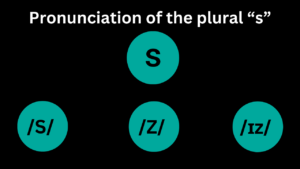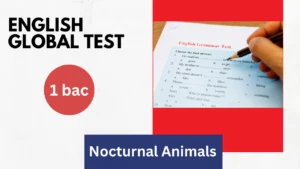
Introduction
Phonetic symbols serve as the gateway to understanding the intricate sounds that form our words. They allow us to dissect and analyze the phonetic nuances that make each language unique. In this article, “Phonetic Symbols (3), we will explore three fascinating phonetic symbols, namely /e/, /aʊ/, and /ɔː/. Join us on this sonic journey as we unravel the mysteries of these symbols and discover the music of speech.
Phonetic Symbols (3): The Sound /e/
The symbol /e/ represents the mid-front vowel sound found in words like “bed“, “set” and “red.” It is often described as the “eh” sound. It resembles the letter ‘e’ with two vertical lines on either side. To produce this sound, slightly open your mouth and position your tongue in the middle of your mouth with a relaxed jaw. This sound commonly exists in many languages, including English, French, and German.
Phonetic Symbols (3): the Sound /aʊ/
The symbol /aʊ/ represents the diphthong sound found in words like “now“, “cow” and “how.” It combines the sounds of /a/ and /ʊ/ to create a unique gliding effect. To produce this sound, start with the open-mouthed /a/ sound and transition smoothly to the rounded /ʊ/ sound. This diphthong commonly exists in English and it is so versatile in conveying emotions, from surprise to excitement.
Phonetic Symbols (3): The Sound /ɔː/
The symbol /ɔː/ represents the long vowel sound found in words like “law“, “tall” and “saw.” It is often referred to as the “aw” sound. For it mirrors the letter ‘o’ with a horizontally elongated line on top. To create this sound, open your mouth slightly and round your lips while positioning your tongue in a relaxed, central position. This sound is prevalent in English. It adds a distinctive flair to words that evoke awe, such as “awesome” and “flawless.”
Conclusion
Phonetic symbols, such as /e/, /aʊ/, and /ɔː/, allow us to delve into the intricacies of language and appreciate the diverse range of sounds that form our spoken communicatio. Understandingding and practicing these symbols can refine our pronunciation, deepen our linguistic knowledge, and foster better cross-cultural understanding. So, let us embrace the beauty of phonetics and embark on a lifelong journey of exploring the melodies that shape our words.






